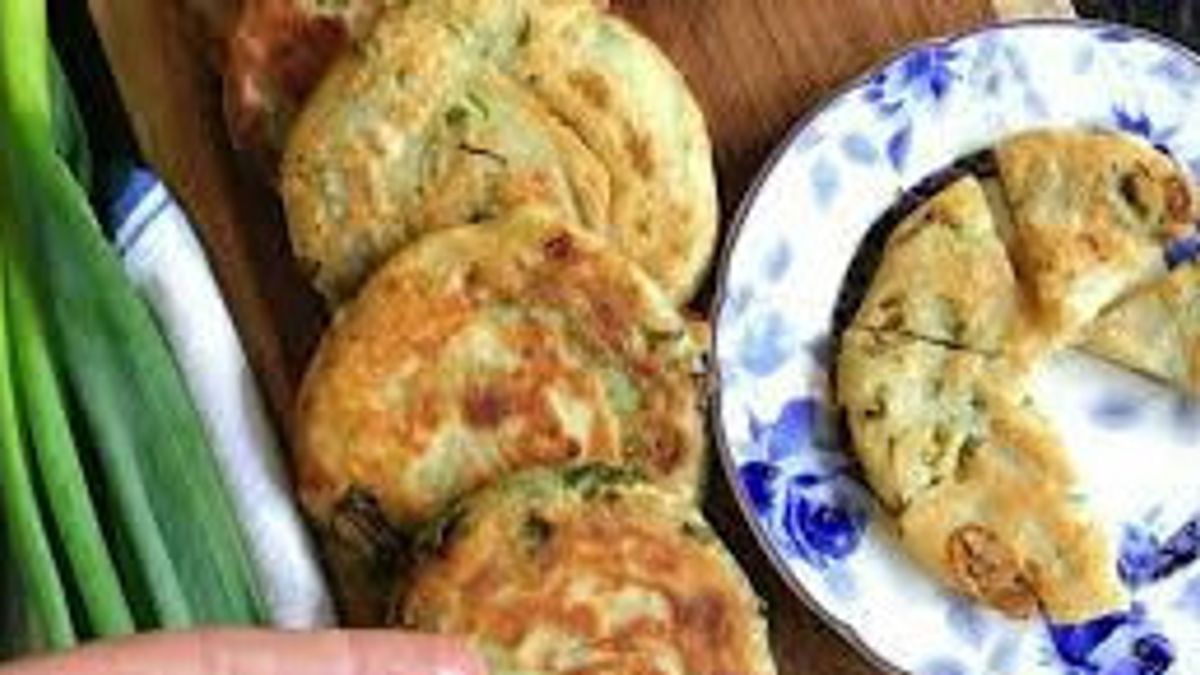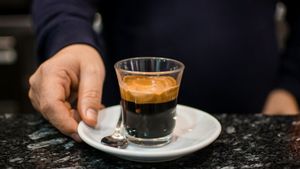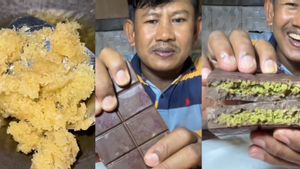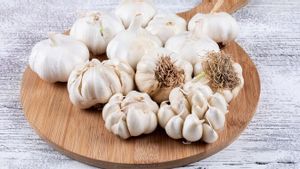JAKARTA - Pancake daun onion, both Chinese and Korean versions, is a popular dish that is often used as a snack or opening dish. Despite having the same name, these two types of pancake have striking differences, both in terms of ingredients, textures, and how to serve them.
Pancake Daun Bawang China
Reported by VOI from the Tasting Table page on Monday, December 30, 2024, Chinese leek pancake, or known as cong you bing, has a chewy and layered texture.
This dish is similar to a chalissant or canai bread, where the dough layer is thin and alternating with an oil layer. The manufacturing process involves a low mixture of moisture consisting of multipurpose flour, salt, and water. Uniquely, hot and cold water is used in the process of mixing the dough. Heat water helps soften the dough, while cold water provides strengthening.
After the dough is ready, the dough is rolled thin, oil is smeared, sprinkled with spices of five Chinese spices, and cut onion leaves. Then, the dough is rolled into a cylinder, wrapped into a spiral, then inserted before frying to brownishness. The final result is Johnd pancake on the outside, chewy inside, and full of flavor from the spices of five spices and onion leaves.
Chinese onion scale is often enjoyed as a snack or complementary to the main dish. This dish is very suitable for served with bag sauce such as chili oil or salted soy sauce.
Pancake Daun Bawang Korea
On the other hand, Korean onion or pajeon pancakees, are more similar to fritters. Liquid-shaped padion donations, made from a mixture of multipurpose flour, Maizena flour, and ice water. The use of ice water is essential because it helps create a crunchy texture by preventing oil from seeping into the pancake when fried.
Onion leaves are the main stars in the padion. Usually, onion leaves are arranged parallel to the frying pan that has been smeared with oil, then the dough is poured evenly to match the ingredients. Not infrequently, the padeons are also given additional seafood such as shrimp, squid, or shells, which adds to the taste of fever.
The final result is the crunchy pancake on the outside and the soft on the inside, with onion leaves that give sweet and fresh flavors. Pajeon is often served with salted soy sauce-based soy sauce that is slightly sweet and acidic, and is usually enjoyed with Korean rice wine, makgeolli.
Which One Is More Suitable?
If you like a layered and chewy texture, Chinese leek pancake is the right choice. However, if you want to enjoy a meatier dish with a savory taste from leeks and an additional seafood, Korean leek pancake can be your favorite.
SEE ALSO:
These two types of pancake offer their own uniqueness and deliciousness. Whatever the choice, be it onion pancake from China and Korea, both are perfect snacks to enjoy with family or friends.
The English, Chinese, Japanese, Arabic, and French versions are automatically generated by the AI. So there may still be inaccuracies in translating, please always see Indonesian as our main language. (system supported by DigitalSiber.id)


















